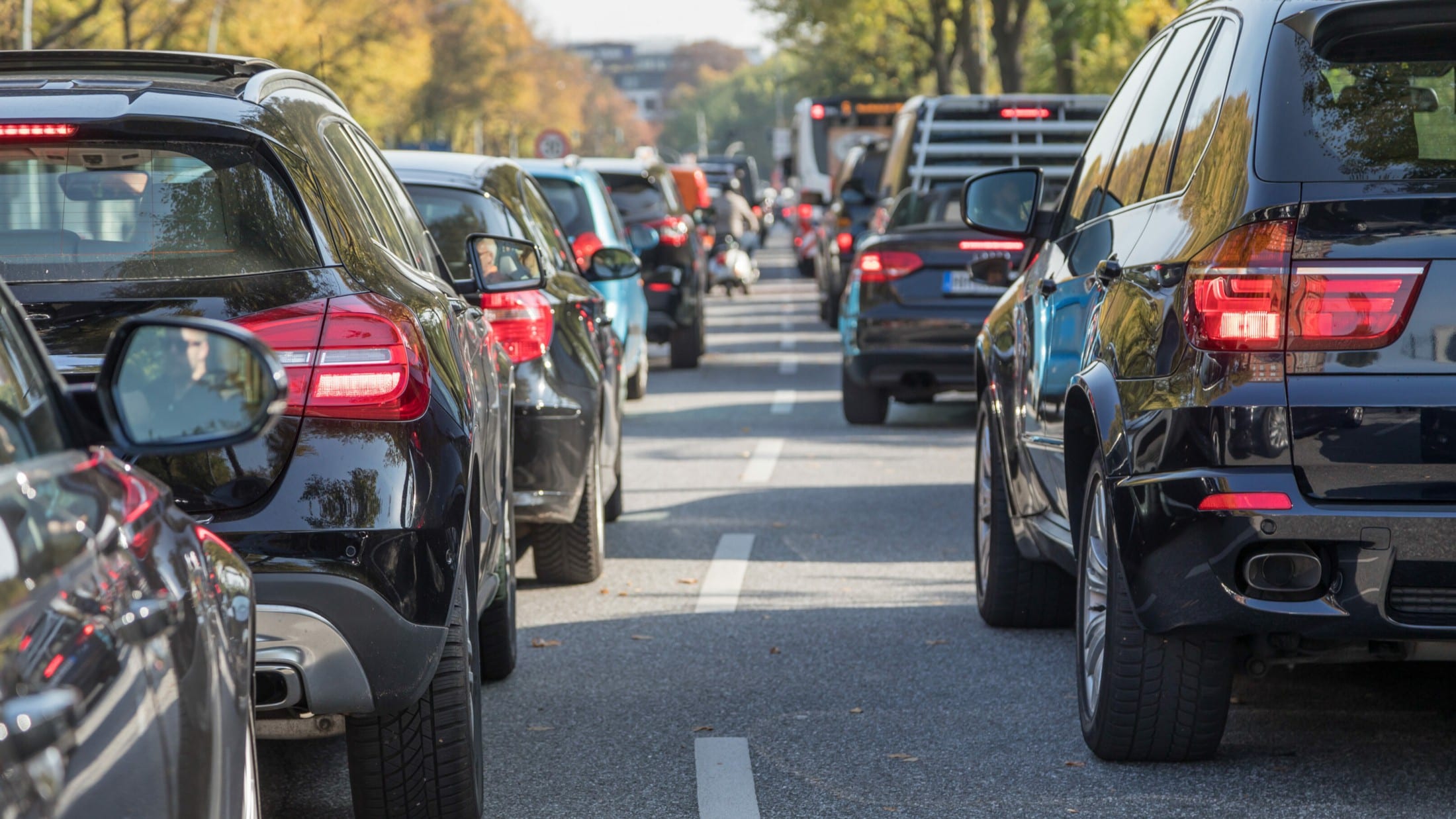In addition to the climate crisis, another argument is increasingly emerging for switching from your own car to public transport – namely the costs. While, according to a current calculation, the costs for public transport have hardly increased recently, those for your own vehicle have skyrocketed significantly. The high proportion of SUVs contributes to the inflation.
While the average expenses of a car household are a quarter higher this year than in 2019, the costs for households without a car rose by 12 percent, the trade union-affiliated Momentum Institute calculated on Thursday. While a car household spent an average of 570 euros on ownership, maintenance and fees in August 2019, this year it has already increased to 714 euros. Public transport is unbeatable when it comes to inflation. The fuel cost around 37 percent more than four years ago, which was necessary to purchase a car 31 percent more will be paid, and 34 percent more for car tires, explained Momentum economist Alexander Huber in a press release. For comparison: The price of bicycles rose by 13 percent and is therefore 10 percentage points below the average general price increase of 23 percent. The prices for local public transport have only increased by one percent in the last four years, the prices for rail travel by 1 percent four percent. Households without a car save a lot. In general, it can be said that households without a car spend significantly less money on transport. “In August 2023, they only spent an average of 84 euros per month on their mobility. That’s eight times less than car owners,” says Huber.if(!apaResc)var apaResc=function(a)var e=window.addEventListener?”addEventListener”:”attachEvent”,t,n;(0, window.window[e])(“attachEvent”==e?”onmessage”:”message”,function(e)if(e.data[a]) for(var t=document.getElementsByClassName(a),n=0;n!=t.length;n++) t[n].style.height=e.data[a]+”px”,!1); apaResc(“apa-1241-23”);SUVs exacerbate the situation, with individual car use and choice of car playing an important role. The VCÖ recently calculated that almost two thirds of those commuting to Vienna live less than three kilometers from a train stop. Since 2015, the proportion of SUVs, which generally have a higher consumption and new price than comparable large sedans and station wagons, has doubled. Men and parents in particular who travel by carAccording to a survey by the ÖAMTC in August, 40 percent of parents believe they need it a car on the way to kindergarten. Only 30 percent bring their children to the childcare center on foot. “Eleven percent use bicycles and scooters, six percent use public transport,” says ÖAMTC traffic psychologist Marion Seidenberger. The online car dealer AutoScout24 presented a survey today (sample: 500 people) according to which every second respondent commutes to work or training by car. This applies especially to men and people with children. Climate ticket ensures a boom for rail, although Austrians are already hard-working public transport drivers, as the VCÖ announced on Thursday. In this country, more than twice as many kilometers are traveled by train, BIM and subway per person than the EU average. “With 1,625 kilometers per person per year, Austria is the EU champion on rail, while Switzerland is ahead across Europe with 1,720 kilometers,” says the transport club. The climate ticket in particular is likely to be partly responsible for the boom. And what is happening at the gas stations? Fuel prices in Austria have been rising since August. According to the current fuel price calculator from E-Control, a liter of diesel cost an average of 1,799 euros yesterday; for Super, the price was 1,727 euros. The supply of cheap cars is shrinking. New registrations have also increased. Between January and July 2023, 144,256 new cars were registered in Austria. This is an increase of 15.7 percent compared to the same period last year. The proportion of alternatively powered cars – electric and hybrid – reached 46.2 percent. According to a study by Deutsche Bank Research from July, the supply of affordable cars is shrinking at the same time. The reasons given are the increasingly scarce supply of used cars and the concentration of German manufacturers on the premium segment. The new Euro7 sales standard planned for 2025 will make new cars with combustion engines even more expensive and the trend towards electromobility will further limit the range of combustion engines.
source site-13
